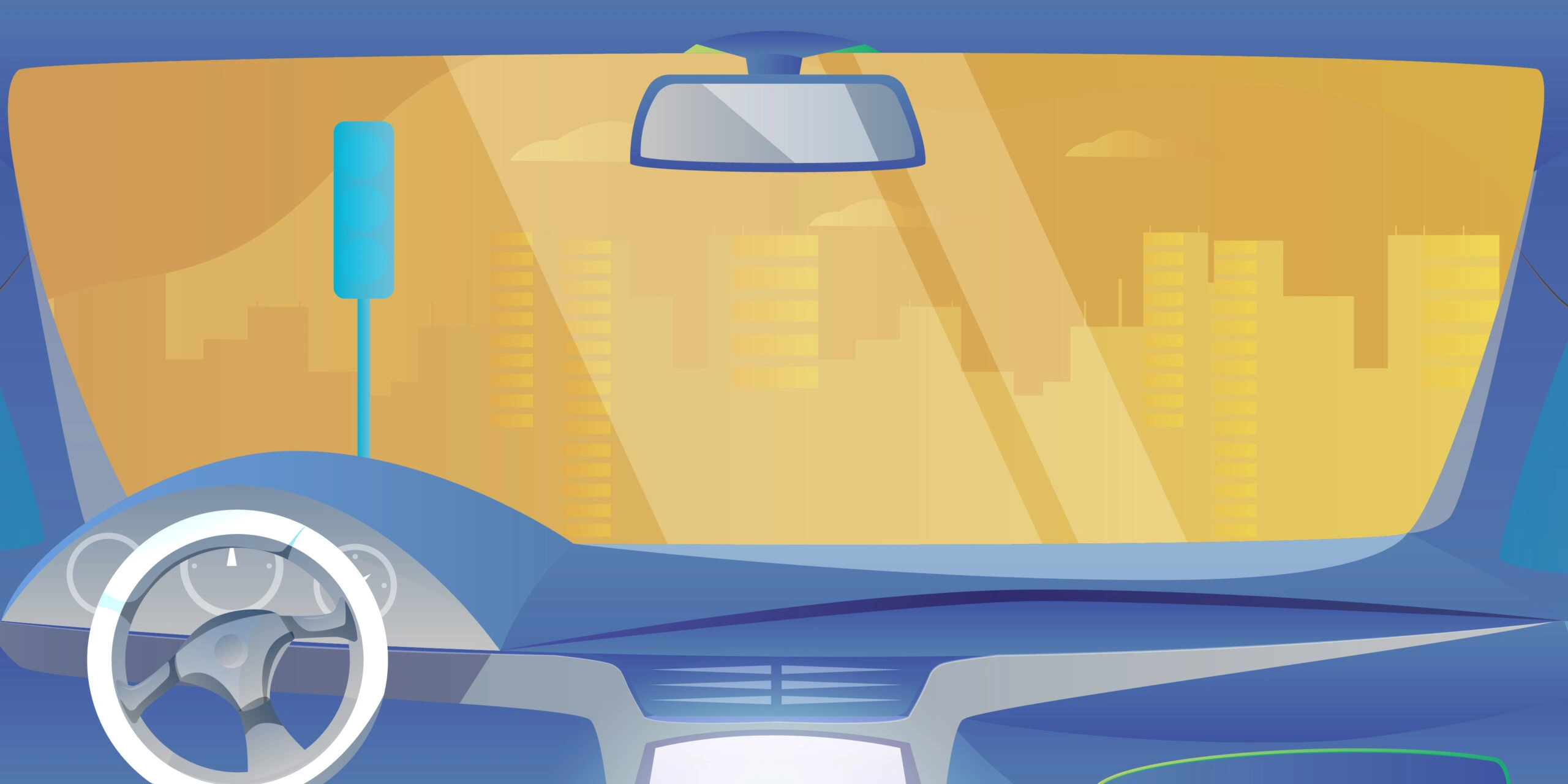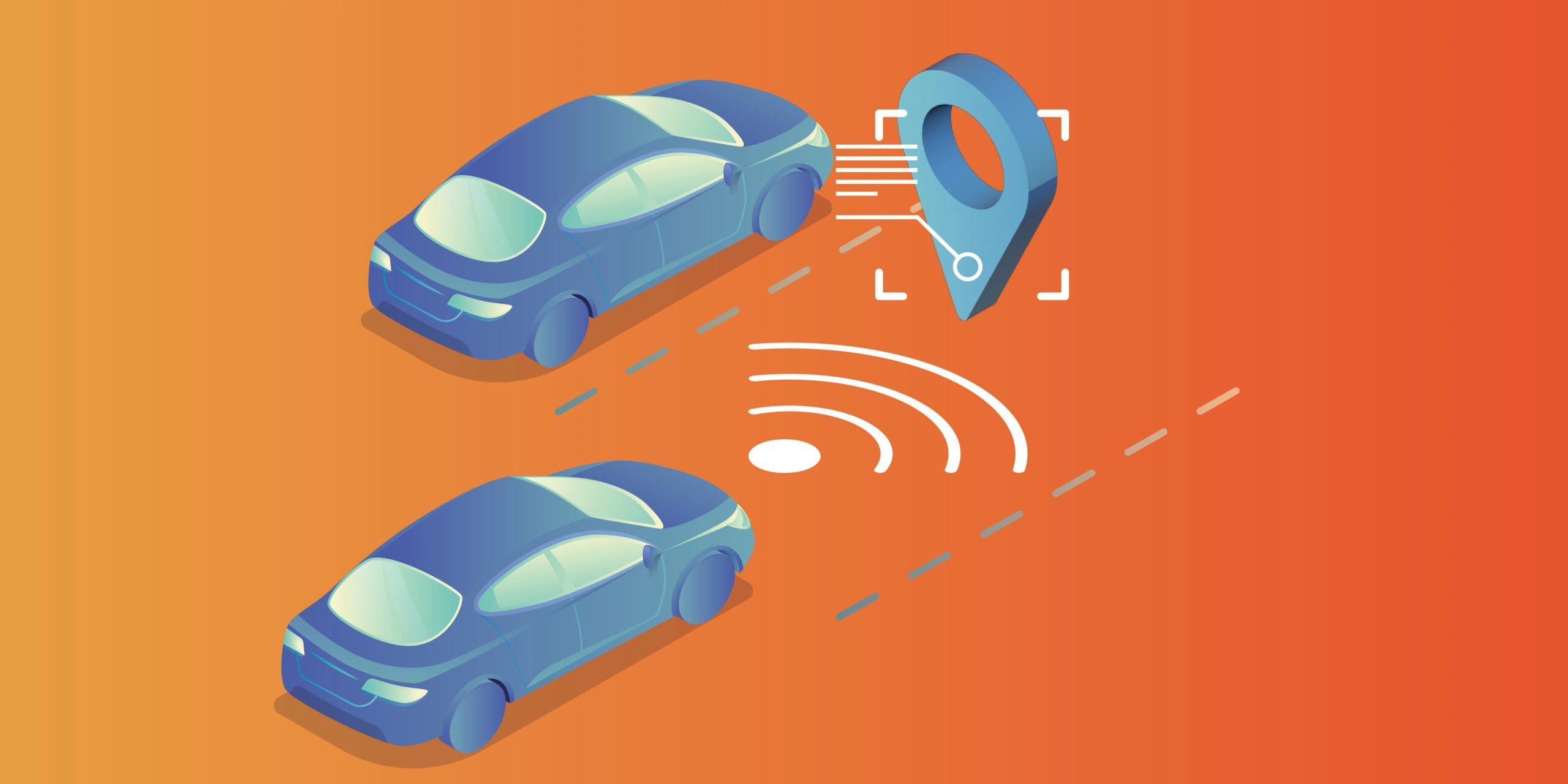Mood Focused Car Enhancement – Driving Experience Coupled with Technological Sense

Driving a car must evoke certain emotions and associations. Without them, a vehicle loses its soul, becomes a machine like any other and it is extremely hard for it to win popularity in a market filled to the brim. For years, brands have been striving to build their individual character and stand out with features such as unique design, performance, safety, or high quality of workmanship. With the proliferation of digital technologies, there is now one more element in the OEMs’ toolkit: mood-building. From now on, drivers themselves can decide how they want to feel at a given moment. It’s time for mood focused car enhancement. Digital technology will allow them to attain this state.
Up until now, remarkable driving sensations have typically been achieved by manufacturers through smooth driving, luxurious interior design or high-end sound systems. With modern technology, all of these elements can be combined into one seamless, sensory experience. In the vehicles of the future, the installed software will enable the creation of holistic experiences in which different senses are involved, and the driver’s experience addresses sensations at both the functional level of the vehicle and the emotional level. Sound, color, scents, temperature, mood lighting, or tactile experiences (such as a massaging seat for the driver) can all create a one-of-a-kind experience that would distinguish the brand and offer the driver something that other manufacturers won’t be able to give.
This suggests that sensor technology will become an important distinguishing mark in the user experience and will allow brands to more effectively influence purchase decisions and build consumer loyalty to a particular brand. According to PwC research, 86 percent of buyers are willing to pay more for a better customer experience.
Contextualizing the vehicle according to driving time, who is driving, or what mood they are in is already emerging as a trend set by major car brands.
Just as we approach the personalization of our own cell phones or computer accounts, we are already beginning to approach the personalization and contextualization of our own vehicles. As the implementations outlined below show, you can already see real-life examples of this today.
Manufacturers are using cloud solutions and AI not only to create a new vehicle functionality but also to induce us into a specific mood to make driving more enjoyable.
BMV My Modes use case
A whole new dimension of personalization and driving experience has recently been ventured by the BMW brand. With its BMW iX model, it is promoting a solution called “My Modes”. It features different colors and layout of the infotainment system with a curved display and digital cockpit. The user, depending on their mood, can change the color and sound theme (BMW IconicSounds Electric) in their vehicle.
Two popular modes are worth examining, namely Expressive and Relax. The former focuses on an active driving experience. Abstract patterns and vibrant colors stimulate action, inspire, and broaden thought paths. The experience is enhanced by interior audio that reflects the context of where you are at a given moment.
The Relax mode, as the name suggests, is designed to promote tranquility and well-being. The images displayed on the screens are inspired by nature and evoke associations of bliss and harmony. This is accompanied by discrete and serene sounds in the background.
Ford Mindfulness concept: Attention (to) safety
Mindfulness. A keyword in automotive safety in the broadest sense, but also – increasingly – in vehicle design. Focusing attention on the present and on real needs is becoming the status quo. This approach to on-board technology helps create electrified and autonomous vehicles where the driver and passengers can travel safely and pleasantly, being present in the moment. This is being developed by the Ford brand with the Mindfulness Concept Car.
According to Mark Higbie, senior advisor, Ford Motor Company, who helped introduce mindfulness into the Ford workplace: A car by itself is not mindful. But how a car is used and the behaviors that it supports, can be. Ford’s goal with this concept is to create experiences that encourage greater awareness. With unique features and embedded technologies, Ford is providing drivers and passengers with new ways to be mindful while in a Ford vehicle, anywhere along the road of life.
Features perfectly suited to your needs
The Mindfulness Concept Car is a vehicle that helps reduce distractions and stress, enhance travelers’ well-being, and increase their level of sanitation. The latter is especially important given the pandemic reality.
Hygienic = safe
The pilot-activated Unlock Purge air conditioning system is geared to give the cabin a shot of clean, fresh air even before you enter the car. A more hygienic environment inside the car is also guaranteed by UV-C light diodes, which stop viruses and germs from multiplying.
Clean air is facilitated by a premium filter that removes almost all dust, odors, smog, allergens and bacteria-sized particles. It’s an option specifically designed with allergy sufferers in mind.
The car that takes care of your health
Modern Ford cars prioritize individual driver characteristics, including what’s going on in the driver’s body that could potentially affect travel safety.
The Mindfulness Concept Car uses data from external measuring devices. These take real-time physiological data from the driver. Feedback on selected health parameters is then displayed on an in-car screen.
Additionally, an electrically activated driver seat provides a stimulating impact on breathing and heart rate.
Relaxing”here and now”
Ford’s new addition allows you to fully indulge in an experience of tranquility and harmony. Mood lighting combined with temperature climate control provides specific moods inside the cockpit, such as refreshing dawn, relaxing blue sky and starry night.
Mindful driving guides are also provided in the new car concept. For instance, when the car is parked, the driver is instructed in yoga-based mini exercises that help relax the body and mind. The Powernap function, on the other hand, comes in handy during breaks on long journeys: a reclining seat, neck support and soothing sounds help drivers to fall asleep in a less stressful environment between travel points.
Speaking of relaxation, it’s also interesting to note that the adaptive air conditioning provides calming cool air and simulates deep breathing. This happens especially after a dangerous incident, such as emergency braking (which is also supported by smart technology).
Personalized premium audio
The newly developed Ford’s vehicle is a true host of new technologies to improve the existing driving experience. This applies, for instance, to the loudspeakers, including the B&O headrest speakers and the overhead speakers. Together they provide the finest possible listening experience.
The B&O Beosonic™ equalizer enables you to select sound spaces to suit your mood, such as: “Energetic”, “Relaxed”, “Warm”. The other playlists, in turn, are tailored to fit a specific situation and location. A troublesome traffic jam? The car itself will turn on the calming tunes.
Vehicles tailored to the users’ context and mood
Improving the driver’s mood in the car is slowly becoming an equally important factor as safety, functionality or economy. Vehicle interiors will therefore be increasingly adapted to individual desires and moods (human context), but also to occasions and situations (driving environment context).
OEMs are already aware of this, and major automotive giants today are testing solutions that allude to almost a spa-like salon experience. They are doing so with no coincidence. Predictions from the consulting firm Walker say that customer experience will overtake product superiority and price, which so far have been the key differentiator between companies. Emotions and experience therefore have a direct impact on purchasing decisions and brand loyalty. This can be summed up by the phrase: through the senses to the mind.
Are you in search of ways in which technology can meet your customers’ expectations? Create a software-defined vehicle with Grape Up. Our experts are at your fingertips.

Check related articles
Read our blog and stay informed about the industry's latest trends and solutions.
see all articles

Parking Is Plain Sailing… Provided That Your Car Is Equipped with Automated Valet Parking
Read the article





